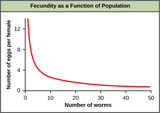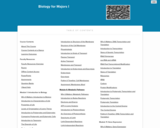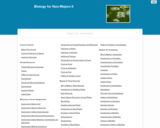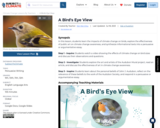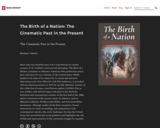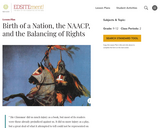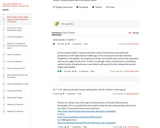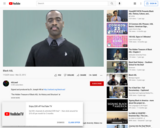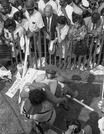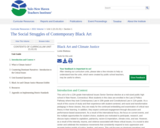SYNOPSIS: In this lesson, students learn the impacts of climate change on birds, explore the effectiveness of public art on climate change awareness, and synthesize informational texts into a persuasive or argumentative essay.
SCIENTIST NOTES: Bird species are suffering and facing extinction as a result of rising temperatures. Several species are slowly losing their range and changing shape and size. This lesson also establishes the possibility that a gradual rise in temperature could affect human survival, but it also gives students the opportunity to brainstorm and use their artistic talents to convey conservation strategies that would safeguard local wildlife and ecologically delicate species. This lesson is suggested for use in the classroom since the video, pictures, and materials are from reliable sources.
POSITIVES:
-This lesson can be used to teach students close reading or note-taking strategies.
-This lesson can be used to focus on elements of persuasive or argumentative writing techniques.
-This lesson can be easily adapted for writing workshops and the peer editing process in a multi-day or mini-unit.
-This lesson can be done in the Spring or Fall when students can also observe local birds outside, or during state testing days as an independent or partner project.
-This lesson can be used as a stand-alone lesson or as a lesson in a unit on non-fiction, birds, geography, art, or research.
-Students are given voice and choice and can work independently or in pairs.
-Students explore various media and guide their own learning with options for breadth and depth.
-Students learn about local bird species in their neighborhood and region.
-Students have two different options to create their own artistic responses.
ADDITIONAL PREREQUISITES:
-Teachers should be aware that the Audubon organization is named after John James Audubon and references his “complicated history” as an unrepentant slave owner and strong advocate for slavery. Students will explore this in the lesson, but teachers may want to preview the articles prior to the lesson.
-Students should have some basic understanding of citing sources and referencing multiple resources in writing.
-Students should have a basic understanding of the elements of persuasive or argumentative writing.
-Students should have access to devices with a strong internet connection.
DIFFERENTIATION:
-Teachers can extend the research and writing portions of the lesson, using them to teach specific elements in persuasive or argumentative writing.
-Teachers can provide paragraph or essay structures, graphic organizers, brainstorming, or outline templates for students to use.
-Teachers can read one article in the Inspire section with the class as an anchor text or to model reading and note-taking strategies.
-English teachers can choose to make the artistic element a separate class period, an extension, or extra credit activity.
-Teachers can assign other articles from the Audubon website for extension activities.
-Social studies, civics, and economics classes can extend this topic to discuss social justice, socioeconomic status, and cultural impacts. Students can research and discuss how other activists’ “complicated” backgrounds have impacted their messaging.
-Music classes can listen to bird songs of birds from the Audubon website and compare the musicality and tonality of different bird songs in the same region.
